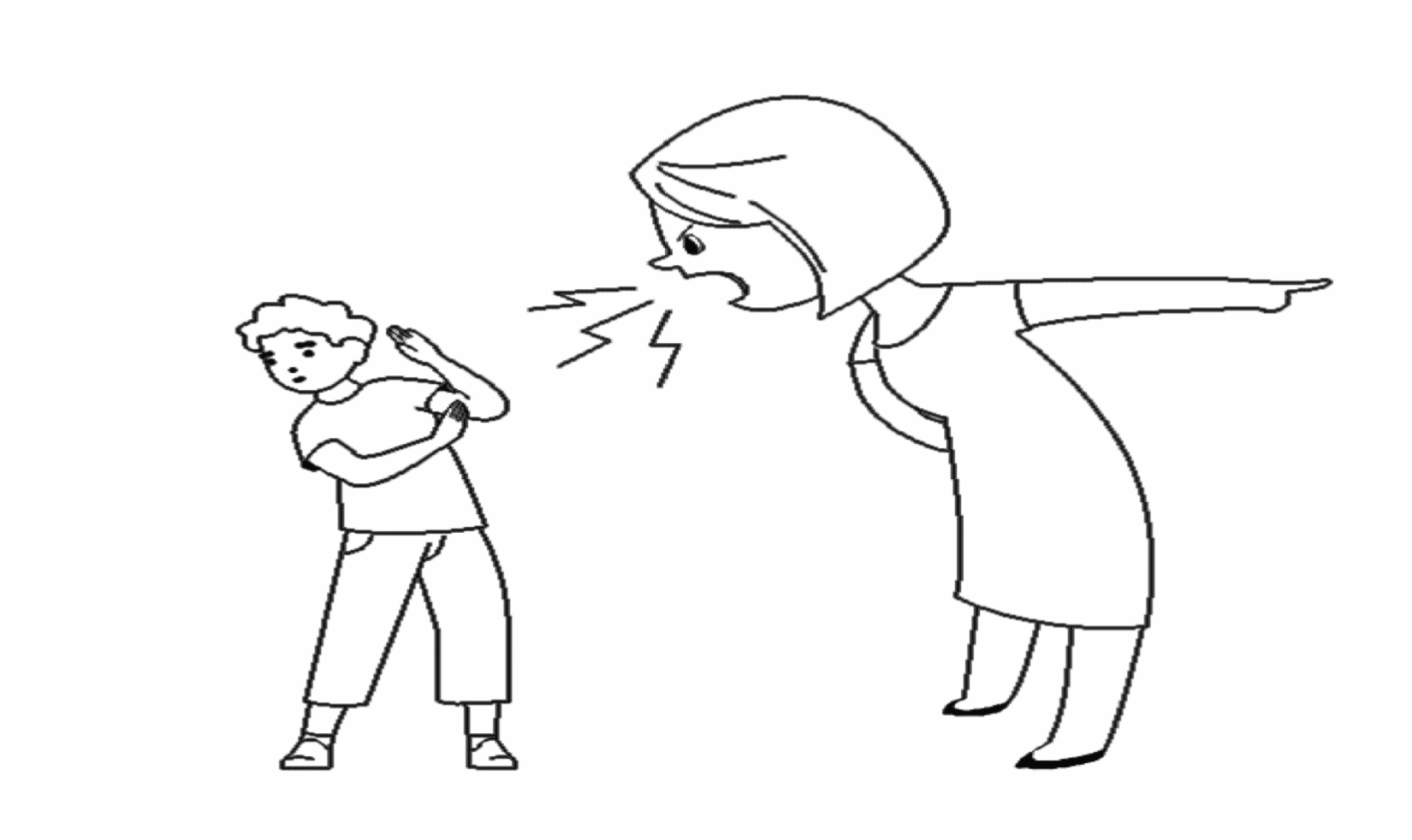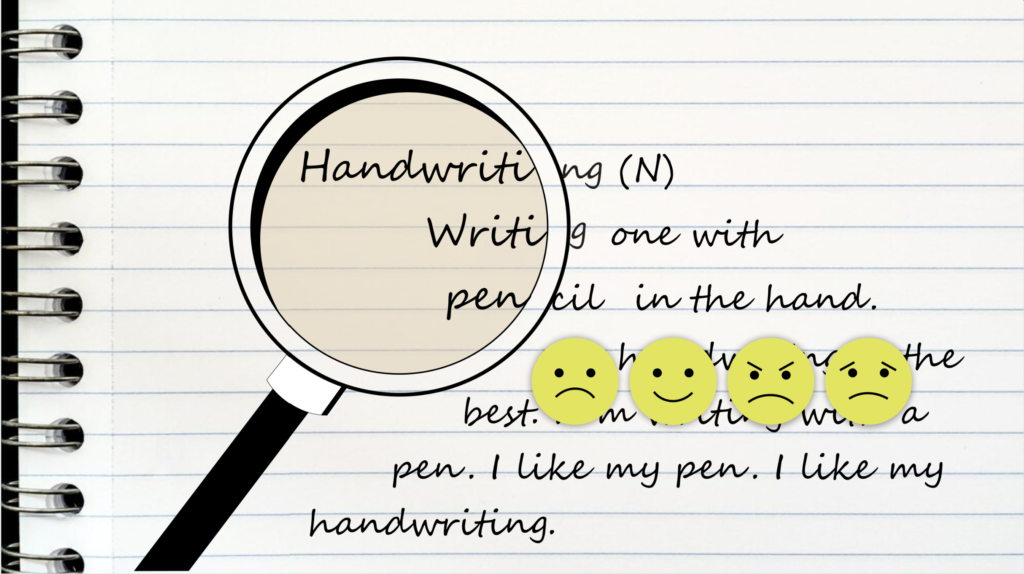 Therapeutic graphology is not only a fascinating study but also a crucial tool for therapists, hypnotherapists, coaches, HRM managers and other professionals. On June 24 and 25, we may host at our institute the world-renowned Professor Milind J Rajore of The Institute of Graphology and Personal Success. Milind J Rajore has been at the forefront of integrating graphology with personal development since 1997. is involved in consulting services such as recruitment and human resource optimization, offering expertise in detecting signature fraud, potential for criminal behavior, relationship problems and health issues, including root causes. He also designs corporate logos based on graphology principles to promote business success. He also works with various educational institutions to integrate graphology into their educational programs.
Therapeutic graphology is not only a fascinating study but also a crucial tool for therapists, hypnotherapists, coaches, HRM managers and other professionals. On June 24 and 25, we may host at our institute the world-renowned Professor Milind J Rajore of The Institute of Graphology and Personal Success. Milind J Rajore has been at the forefront of integrating graphology with personal development since 1997. is involved in consulting services such as recruitment and human resource optimization, offering expertise in detecting signature fraud, potential for criminal behavior, relationship problems and health issues, including root causes. He also designs corporate logos based on graphology principles to promote business success. He also works with various educational institutions to integrate graphology into their educational programs.
Handwriting as a bridge to the subconscious mind
Handwriting provides a fascinating bridge to the subconscious, making it a valuable tool in the psychological and therapeutic sciences. Each handwriting is unique and the way letters are formed, the print used and the space left between words offer deep insight into an individual’s hidden thoughts and emotions. These subtle hints in handwriting are often unconscious expressions of the writer, not easily revealed through verbal communication. By analyzing these aspects, therapists and psychologists can access deeper layers of the psyche, which helps them better understand what is going on in their clients’ subconscious. This makes handwriting analysis a powerful tool for self-discovery and healing.
Importance for professionals from different disciplines
Integrating graphology into therapeutic practices can improve understanding of a client’s mental state and help tailor interventions more accurately. It can point in a direction which can be an eye opener for client as therapist.
Coaches can use graphology to better understand their clients’ behavioral patterns and motivations, leading to more effective coaching.
In human resources, graphology can assist in the hiring process by providing deeper insights into candidates’ personalities and work styles.
Day 1: The science of writing – Revealing emotional landscapes
Therapeutic Graphology delves into the nuances of handwriting analysis to reveal deeper emotional, cognitive and subconscious landscapes of individuals. The first day of our workshop, led by experts in neuroscience and psychology, is devoted to understanding the neuroscientific foundations of graphology. Participants will learn how each region, pressure point, and spatial arrangement in handwriting correlates with specific neural pathways and emotional states. For example, handwriting analysis can reveal markers of anxiety, depression and anger, as well as traits such as resilience and optimism. These insights are invaluable because they provide a non-invasive way to assess a person’s emotional health.
Day 2: The art of interpretation – Improving therapeutic outcomes
The second day focuses on the practical applications of graphology in therapeutic settings. Participants are introduced to the concept of the Inner Child through graphology, exploring how manuscripts reflect past experiences that shape adult behavior and reactions. This approach is particularly transformative because it allows practitioners to guide clients to recognize and heal childhood traumas that affect their current mental health.
In addition, an intriguing aspect of the workshop is the exploration of reincarnation through graphology. Learning to read influences from past lives in contemporary manuscripts opens a unique perspective on personal growth and karmic cycles, providing a holistic understanding of one’s journey.
Basic knowledge and deepening form the basis of this course
In the basics of graphology, participants will gain a thorough understanding of the scientific principles behind handwriting analysis. This forms the foundation for discovering hidden features in manuscripts, such as emotional problems and positive traits. By identifying these aspects, professionals can respond more effectively to the needs of their clients or employees. In addition, graphology techniques can be used to improve mental focus and clarity, which is essential for both personal and professional development. An important part of the study is understanding the inner child; handwriting analysis reveals how unresolved issues from childhood still affect adults, leading to pathways of healing and emotional growth. Finally, looking at causes from past lives offer a unique perspective on personal evolution and karmic influences, which enriches and deepens the therapeutic dialogue.
Unlocking insights: The power of graphology
 Imagine a scenario in which a seven-year-old child is scolded by his mother for a minor infraction. Although it may seem insignificant to an adult, such an event can have a profound impact on the child’s psyche. They may withdraw into themselves and create emotional barriers that hinder their ability to open up. Over time, this defensive mechanism may manifest itself in their handwriting, which subtly reflects their introverted tendencies.
Imagine a scenario in which a seven-year-old child is scolded by his mother for a minor infraction. Although it may seem insignificant to an adult, such an event can have a profound impact on the child’s psyche. They may withdraw into themselves and create emotional barriers that hinder their ability to open up. Over time, this defensive mechanism may manifest itself in their handwriting, which subtly reflects their introverted tendencies.
Graphology is a powerful tool for self-awareness in such cases. By analyzing the nuances of handwriting, graphologists can decipher the intricate interplay between past experiences, emotions and personality traits.
Moreover, graphology provides a pathway to empathy and understanding in interpersonal relationships. By recognizing the unique handwriting characteristics associated with introversion, people can better empathize with others who exhibit similar tendencies. This new awareness fosters deeper connections and more meaningful interactions, ultimately enriching the fabric of human relationships.
In essence, graphology goes beyond handwriting analysis; it is a gateway to self-awareness, personal growth and improved interpersonal relationships. By digging into the depths of our manuscript, we unlock a wealth of insights that enable us to navigate life’s challenges with clarity, authenticity and grace.
What does this training bring to participants
Upon completion of this two-day training, participants will have a versatile tool that enriches both their personal lives and professional practice. Here are some of the transformative results:
- Enhanced diagnostic tools: For therapists and hypnotherapists, graphology becomes an additional diagnostic tool that complements traditional methods and provides nonverbal insight into clients’ psyches.
- Improved personal relationships: Understanding handwriting helps professionals in their personal relationships with family and partners, enabling better communication and understanding.
- Professional development: HRM managers and coaches find graphology a powerful tool for assessing team dynamics, leadership qualities and employee compatibility.
- Self-awareness and growth: All participants gain insight into their thought processes and how they manifest in their writing, leading to greater self-awareness and proactive change in their lives and careers.

Conclusion
Therapeutic graphology is more than just handwriting analysis; it is a gateway to deeper psychological understanding and effective intervention. For professionals in various fields, learning and applying graphological techniques offer a unique advantage in understanding human behavior, improving therapeutic outcomes and promoting personal and professional growth.


